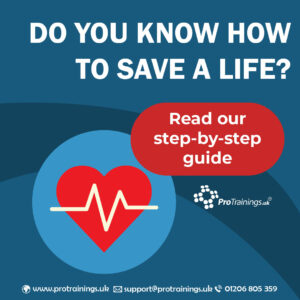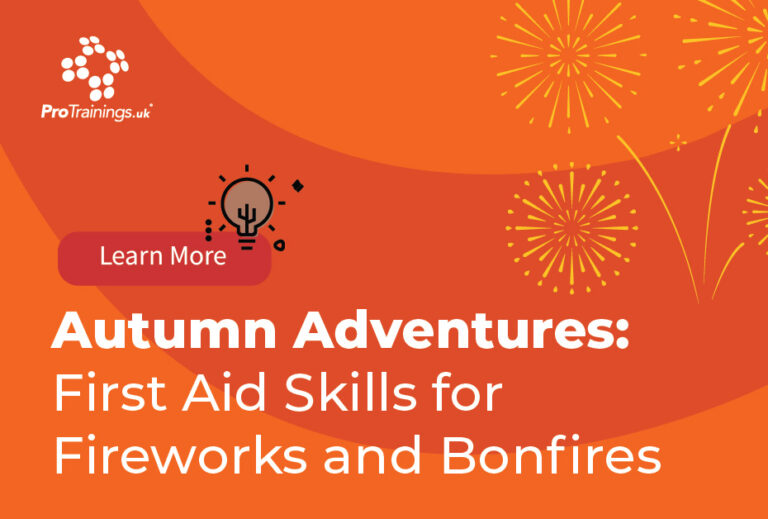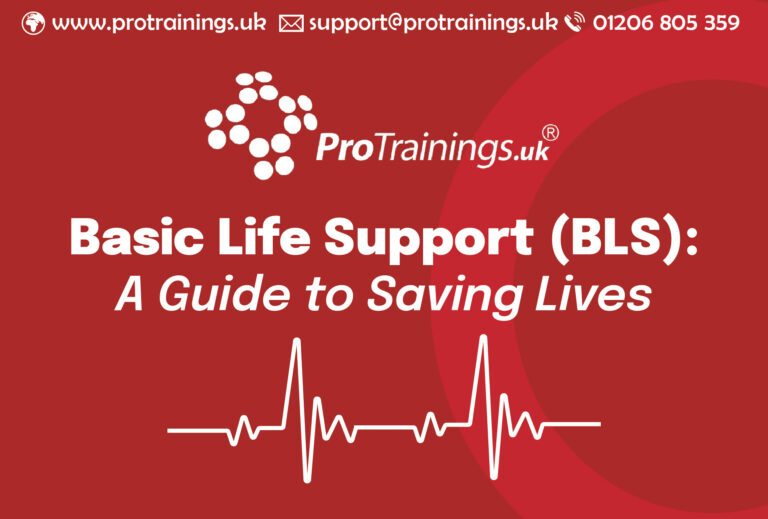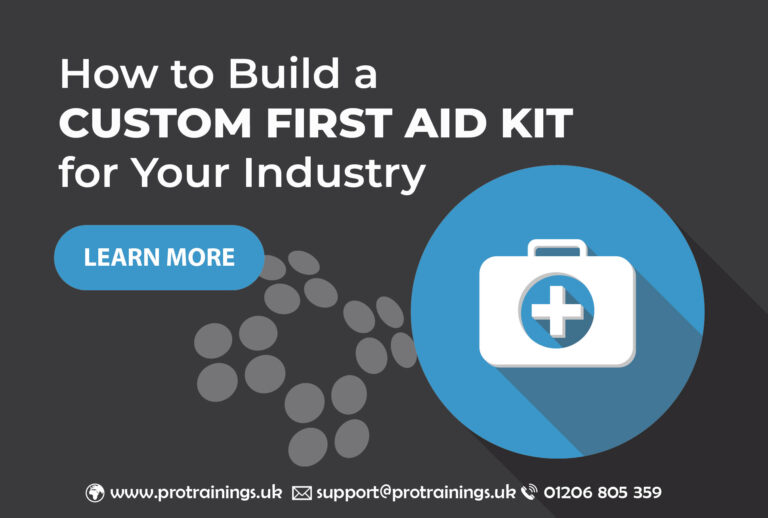How to Perform CPR: A Step-by-Step Guide
Cardiopulmonary resuscitation (CPR) is a life-saving technique that can help maintain vital blood flow to the heart and brain in an emergency. Whether it’s a cardiac arrest or someone has stopped breathing, knowing how to perform CPR correctly can make the difference between life and death. This step-by-step guide will walk you through the essential procedures for performing CPR.
1. Assess the Situation
Before beginning CPR, it’s crucial to assess the situation quickly and safely:
- Check for Danger: Ensure the area is safe for both you and the victim. Look for hazards like traffic, fire, or electrical wires.
- Check for Responsiveness: Gently shake the person or tap their shoulder and shout to see if they respond. If they do not respond, proceed with CPR.
- Call for Help: If you are alone, call 999 immediately and put your phone on speaker mode if possible. If others are present, instruct someone to call 999 and fetch an automated external defibrillator (AED) if available.
2. Open the Airway
Once you’ve called for help, the next step is to open the person’s airway:
- Tilt the Head Back: Place one hand on the person’s forehead and the other under their chin. Gently tilt the head back to open the airway.
- Check for Breathing: Look, listen, and feel for signs of normal breathing. If the person is not breathing or only gasping, start CPR immediately.
3. Perform Chest Compressions
Chest compressions are the most crucial part of CPR, as they help maintain blood flow to the brain and heart:
- Position Your Hands: Place the heel of one hand in the centre of the person’s chest, on the lower half of the breastbone. Place your other hand on top, interlocking your fingers.
- Body Position: Position yourself with your shoulders directly over your hands, keeping your arms straight.
- Begin Compressions: Push hard and fast, compressing the chest at least 5-6 cm (about 2 inches) deep at a rate of 100-120 compressions per minute. Allow the chest to fully recoil between compressions.
- Continue Compressions: Continue compressions without interruption until help arrives or the person starts to show signs of life.
4. Provide Rescue Breaths (Optional)
If you are trained and confident, you can combine chest compressions with rescue breaths. However, if you are untrained or uncomfortable, focus on hands-only CPR:
- Step 1: Give Rescue Breaths: After 30 chest compressions, give 2 rescue breaths.
- Pinch the Nose Shut: Pinch the person’s nose shut, and seal your mouth over theirs.
- Give a Breath: Give one breath lasting about 1 second and watch for the chest to rise.
- Repeat: Give a second breath, then immediately return to chest compressions.
- Step 2: Continue the Cycle: Continue the cycle of 30 compressions followed by 2 rescue breaths until help arrives.
5. Use an AED if Available
An Automated External Defibrillator (AED) can restore a normal heart rhythm in cases of sudden cardiac arrest:
- Turn on the AED: Once the AED arrives, turn it on and follow the voice prompts.
- Attach the Pads: Place the AED pads on the person’s bare chest as shown in the diagrams on the pads.
- Clear the Area: Ensure no one is touching the person, then press the shock button if advised by the AED.
- Resume CPR: After the shock is delivered, or if no shock is advised, immediately resume CPR until emergency services arrive.
6. Continue CPR Until Help Arrives
Continue performing CPR until one of the following occurs:
- Emergency Services Take Over: Trained professionals arrive and take over the care of the person.
- The Person Shows Signs of Life: They begin to move, breathe, or regain consciousness.
- You Are Physically Unable to Continue: If you become exhausted and cannot continue, try to find someone else who can take over.
Conclusion
CPR is a critical skill that everyone should learn, as it can save lives in emergencies. By following these steps, you can provide essential assistance to someone in need while waiting for professional help to arrive. Consider taking a certified CPR course to practice these skills and gain the confidence to act when it matters most.




